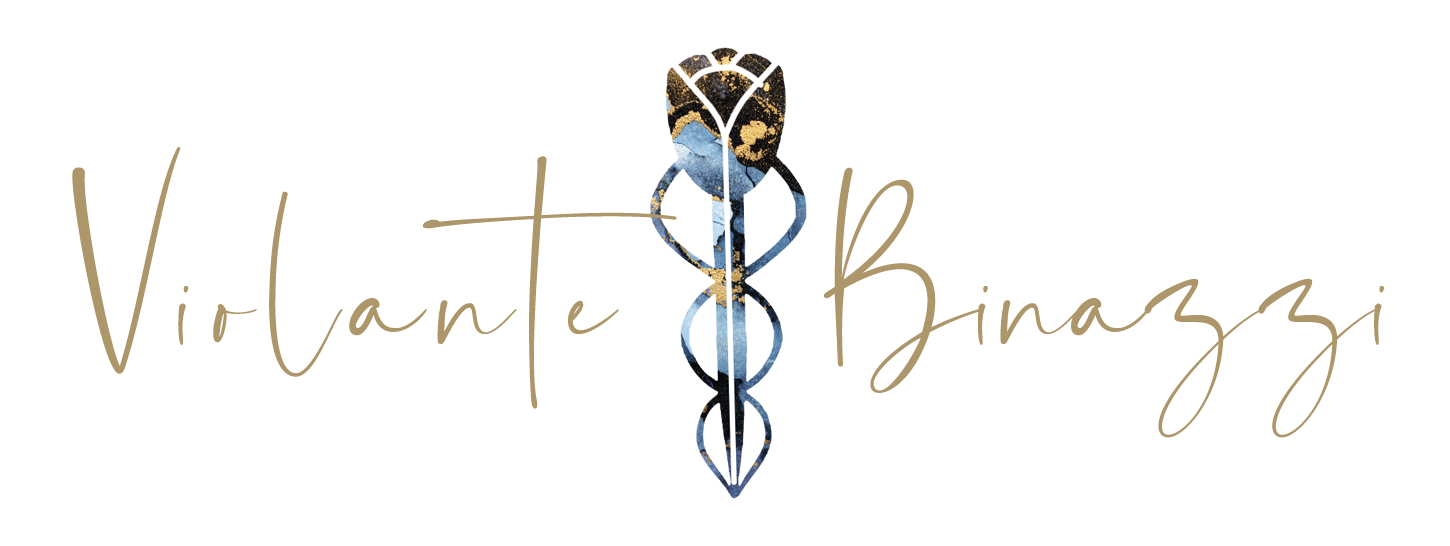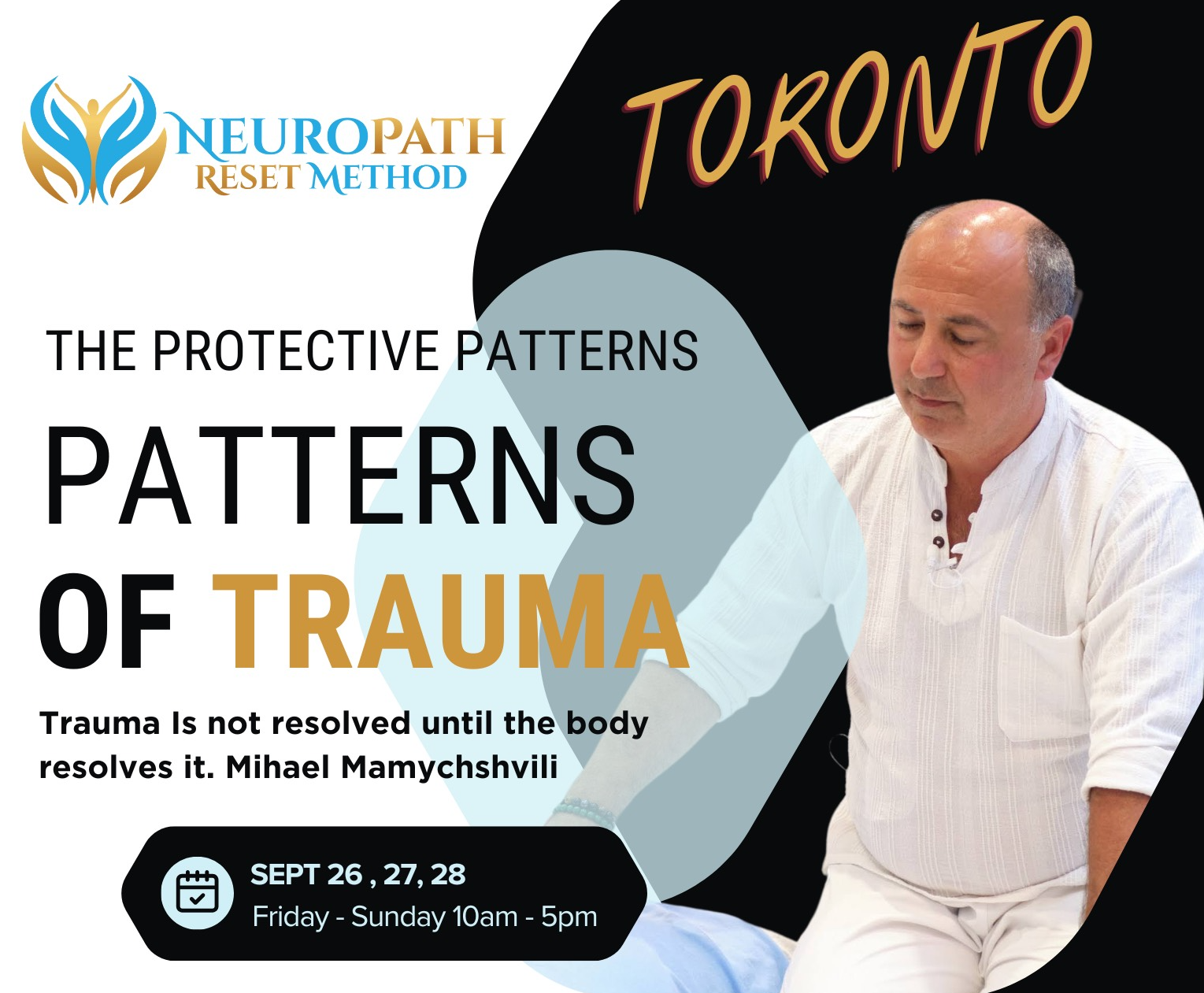Exploring the Essence of Zen Shiatsu: A Holistic Approach to Healing
In a world where stress and tension often dominate our daily lives, holistic healing practices have gained popularity for their ability to restore balance and promote well-being. One such ancient Japanese art of healing is Zen Shiatsu. Rooted in the principles of Traditional Chinese Medicine (TCM) and influenced by Zen Buddhism, Zen Shiatsu offers a unique and profound approach to enhancing the body’s natural ability to heal itself.
Zen Shiatsu is a form of therapeutic bodywork that originated in Japan in the early 20th century. Literally translating to “finger pressure” in Japanese, Shiatsu involves the application of pressure to specific points on the body to stimulate the flow of energy, or “qi” (pronounced chee). Unlike traditional massage, Zen Shiatsu is performed fully clothed and typically on a mat on the floor. It incorporates gentle stretches, rotations, and joint movements to help release tension and restore the body’s vital energy.

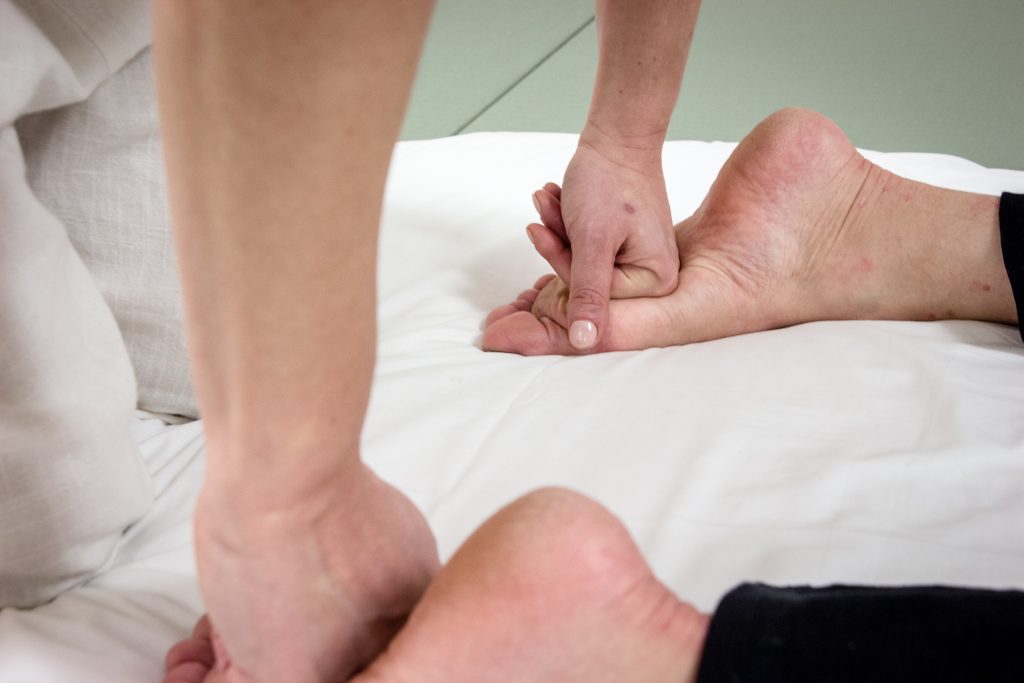
Zen Shiatsu is deeply rooted in the philosophies of Traditional Chinese Medicine and Zen Buddhism. According to TCM, the body’s vital energy, or qi, flows through a network of meridians or pathways. When the flow of qi is disrupted or blocked, it can lead to physical and emotional imbalances. Zen Shiatsu seeks to harmonize the body’s energy by applying pressure to specific acupoints along these meridians.
Zen Buddhism’s influence is evident in the meditative and mindful approach of Zen Shiatsu practitioners. The therapist’s presence, intention, and connection with the recipient play a crucial role in the healing process. The emphasis on mindfulness fosters a deep sense of relaxation, allowing the body to enter a state conducive to healing.
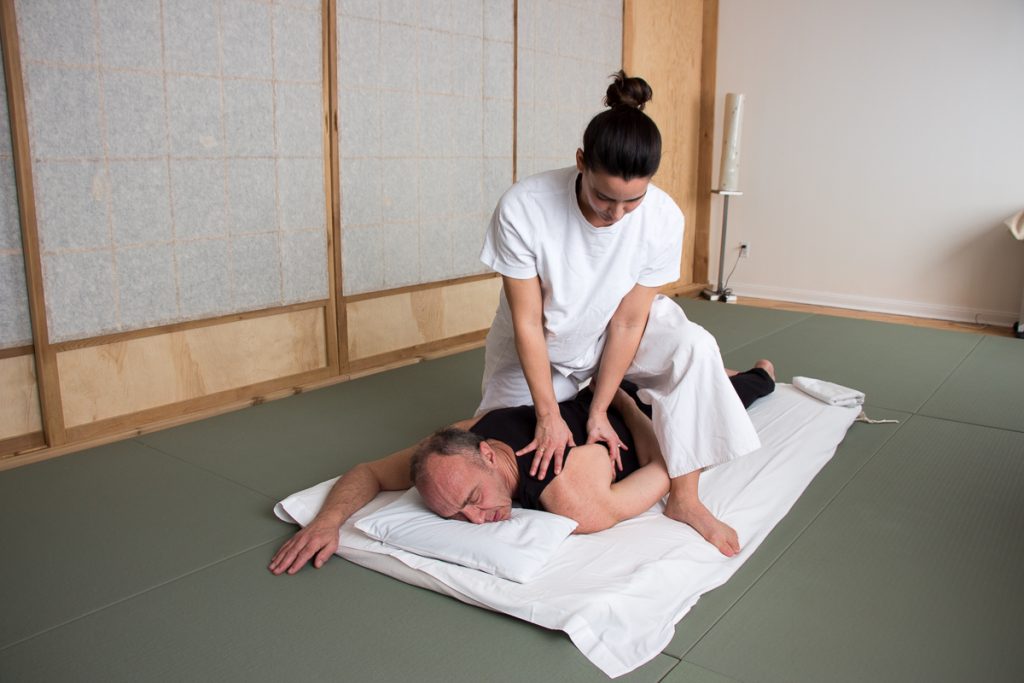
Key Principles of Zen Shiatsu:
- Meridian Theory: Zen Shiatsu is based on the concept of meridians—energy pathways that connect various organs and systems in the body. Practitioners use finger pressure, palm, and elbow techniques along these meridians to balance and unblock the flow of energy.
- Five Element Theory: This theory, derived from TCM, categorizes the body’s organs and their functions into five elements: Wood, Fire, Earth, Metal, and Water. Zen Shiatsu practitioners consider the interplay of these elements to assess and address imbalances within the body.
- Hara Diagnosis: The hara, or abdomen, is considered a reflection of the body’s overall health in Zen Shiatsu. Practitioners use gentle palpation and assessment of the hara to identify areas of tension, stagnation, or weakness.
Benefits of Zen Shiatsu:
- Stress Reduction: By promoting relaxation and balancing the body’s energy, Zen Shiatsu helps alleviate stress and tension, fostering a sense of calm and well-being.
- Improved Circulation: The pressure applied during Zen Shiatsu helps enhance blood circulation, which can contribute to better oxygenation of tissues and improved overall health.
- Pain Relief: Many individuals seek Zen Shiatsu for relief from chronic pain conditions, as the therapy addresses both physical and energetic aspects of discomfort.
- Enhanced Energy Flow: By working with the body’s meridians, Zen Shiatsu supports the natural flow of energy, promoting vitality and a sense of rejuvenation.
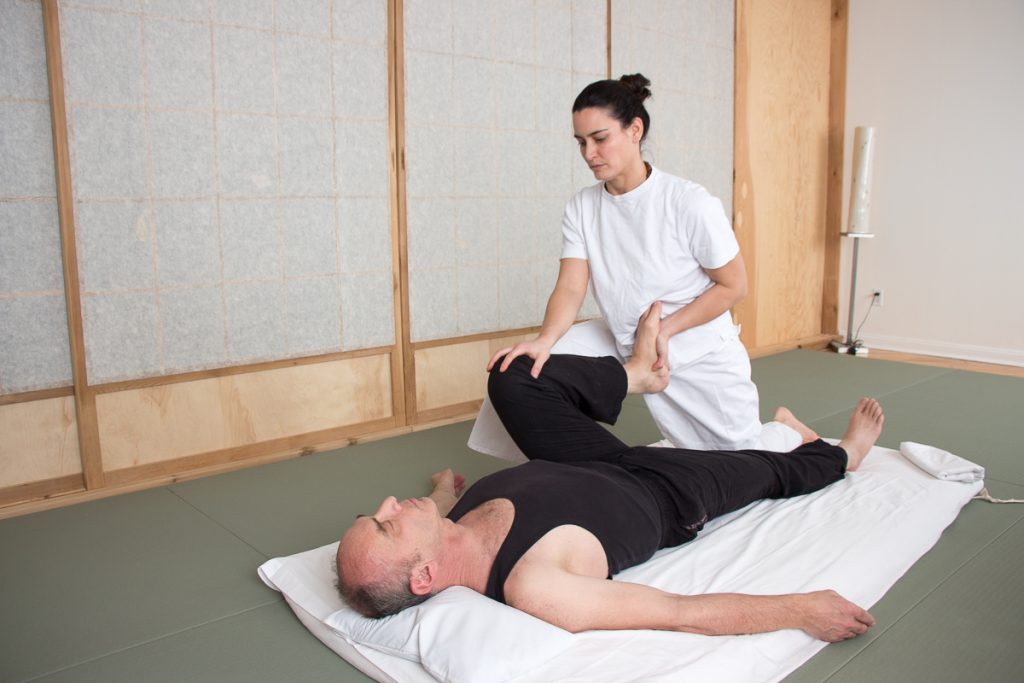
Zen Shiatsu, with its roots in ancient Eastern philosophies, offers a holistic approach to healing that addresses the interconnectedness of the body, mind, and spirit. As individuals seek alternatives to conventional medicine for maintaining and enhancing their health, Zen Shiatsu stands out as a gentle yet powerful modality that honors the body’s innate ability to heal itself. Through mindful touch and the application of ancient wisdom, Zen Shiatsu invites individuals on a journey toward balance, harmony, and optimal well-being.
